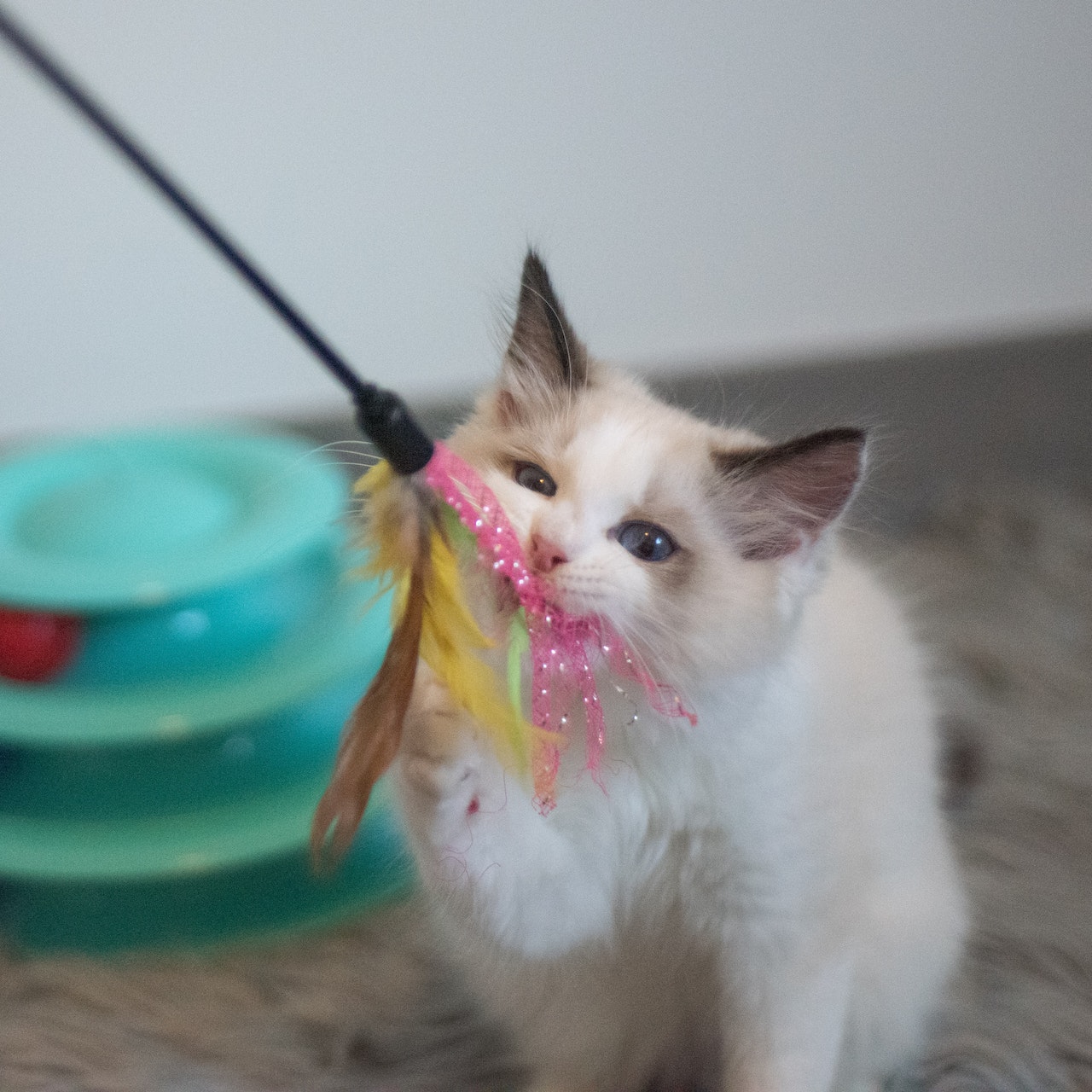Enrichment is an important part of cat wellbeing. It keeps your cat mentally and physically healthy. When it comes to enrichment, Catnip and Valerian root are two of the most common stimulants. Catnip vs Valerian root: which is better for cats? It is a popular discussion topic among cat lovers.
Catnip and Valerian root are two distinct stimulants with peculiar characteristics, modes of action, and benefits. They are obtained from two different plants, and one can’t reach a conclusion about catnips vs valerian root: which is better for cats? Some cats may respond better to catnip, while others may show a preference for valerian root. In this article, we will talk about the characteristics, benefits, and potential drawbacks of these stimulants in cats, and then we’ll let you decide which one is better for cats.
What is Catnip? What are its benefits?
Catnip is a herb that is found in Asia and Europe. It contains the active ingredient nepetalactone that attracts cats and stimulates physical activity in them. A cat may show rolling, rubbing, and playful mood under the influence of catnip. The increased physical activity as a result of catnip is good for your cat’s physical health. Some studies have proven the benefits of catnip on cat mental health as well because they are stress relievers and help you keep your cat calm and relaxed in anxious situations.
Use of catnip during playtime can result in increased interest of your cat and a stronger bond with you. These beneficial properties of catnip have made it a popular cat attraction, and it is frequently used in cat treats and toys. You can get scratching posts and puzzle toys with catnip. These not only keep your cat’s muscles, paws and nails strong but also provide mental stimulation.
You can convert any ordinary toy into your cat’s favorite toy by adding catnip to it. Catnip can also help you when training your cat. Use it as a reward and positive reinforcement when your cat acts in a desirable way. Make sure you use an appropriate amount of catnip for your cat. Consultation with your vet is the best way to keep your cat safe and away from potential harm.
What is Valerian Root? What are its benefits?
As the name indicates, the Valerian root is obtained from the roots of the plant Valeriana officinalis. The active ingredient in valerian root is valerinic acid. It exerts similar effects on cats i.e., it acts as a cat stimulant, but its effect lasts longer than catnip. Some cat owners claim that valerian root has a more of calming effect on their cats as compared to catnip. So, it has been used to calm cats while traveling or during veterinary visits.
Valerian root promotes feelings of relaxation and calmness, so it is good for sensitive cats that are likely to suffer from stress and anxiety. Moreover, it promotes sleep and can be used to help cats settle down in the night. Just like catnip, you can use valerian root in playtime to promote your cat’s playful mood and physical activity. It can be used for positive reinforcement during training.
A small amount of valerian root can be given to cats for smelling or ingestion. It’s safe for cats; just make sure you don’t provide excessive amounts to your cat. To be on the safer side, you should consult your vet regarding the dosage of valerian root.
Catnip vs Valerian root: which is better for cats?
There can’t be a simple and conclusive answer to the catnip vs valerian root debate. In order to find out which of these two is better for your cat, you have to try both. Moreover, the answer also depends on your need. If you want to promote your cat’s playful mood and want it to exhibit elevated activity levels, you should give it catnip.
If you want your cat to be calm and relaxed, you should give it valerian root. For instance, if you are going to travel with your pet and it is afraid of a car/crate, valerian root can help it stay calm and enjoy the journey. Similarly, some cats get nervous when visiting a veterinary clinic. You can give some valerian root to your cat to keep it calm.
It is noteworthy that not all cats respond to catnip. Research has shown that only 69% of cats respond to catnip, and the rest have no effect. Similarly, only 50% of cats respond to valerian root, and the rest aren’t impressed. If your cat doesn’t show any interest in or effect of catnip and valerian root, you should consider trying any other cat stimulant like silver vine and Tatarian honeysuckle.
Precautions when using Catnip and Valerian Root
Although catnip and valerian root are safe for cats, there are some precautions you should follow to prevent any potential side effects.
Avoid Overdose
Always give catnip and valerian root in moderation to your cat. Usually, a small amount of stimulants is enough for cats. Overdose of catnip or valerian root can cause diarrhea, vomiting, dizziness, and coordination problems. So, if the proper amount isn’t given, stimulants can do more harm than good.
Consult your vet before giving catnip or valerian root to your cat.
Observe your cat for side effects
Just like humans, cats can have different reactions to different substances. As mentioned above, catnip and valerian root is generally safe, but some cats may show reaction due to their sensitivities or underlying health conditions. It is therefore advised to observe your cat for any side effects. If you notice anything unusual, contact your veterinarian.
Conclusion
Catnip vs Valerian root: which is better for cats? This question is a popular discussion point among cat lovers. The truth is, both of these are extraordinary stimulants, and you should decide which is better suited to your needs by giving it to your cat. Generally, it is believed that catnip promotes the playful mood of your cat and increases its activity level. Valerian root, on the other hand, is believed to be more of a stress reliever and pacifies anxious cats. It can help you keep your cat calm when traveling, going to a vet, etc. Consulting your vet before giving catnip or valerian root to your cat is always a good idea.












